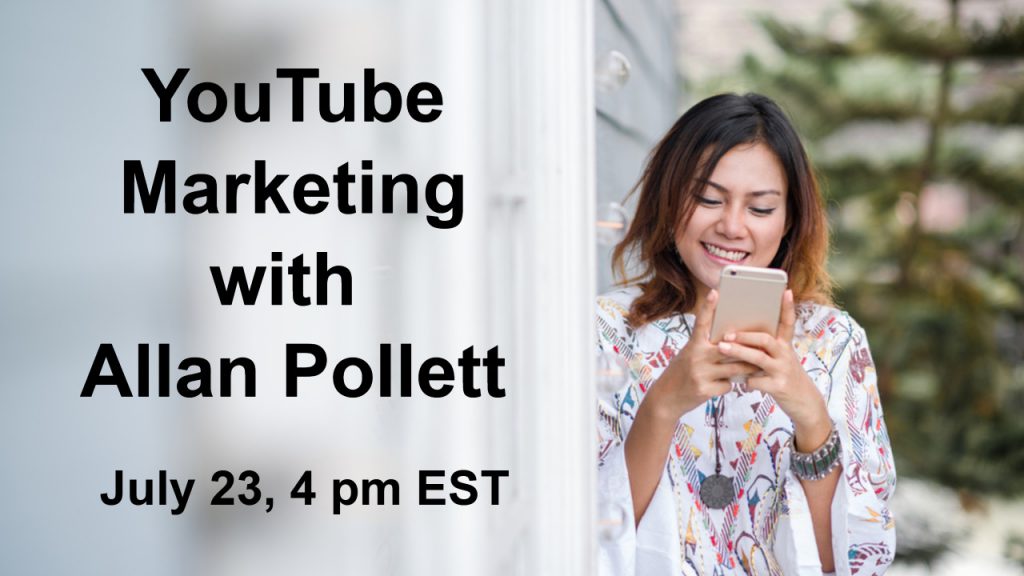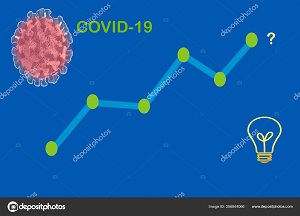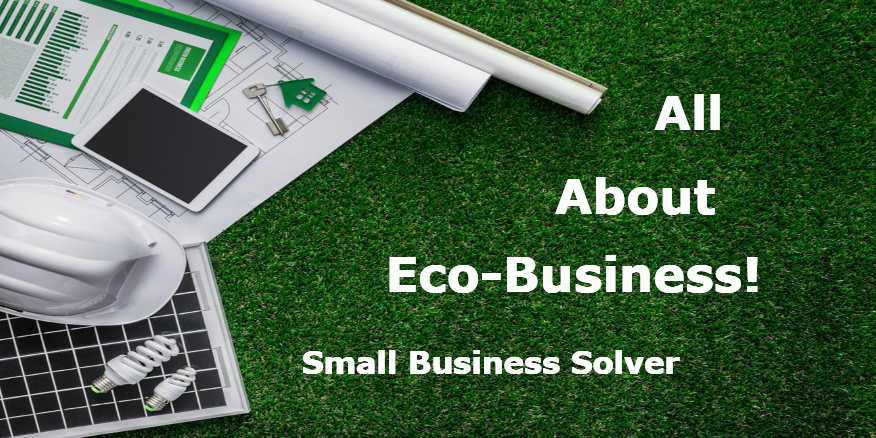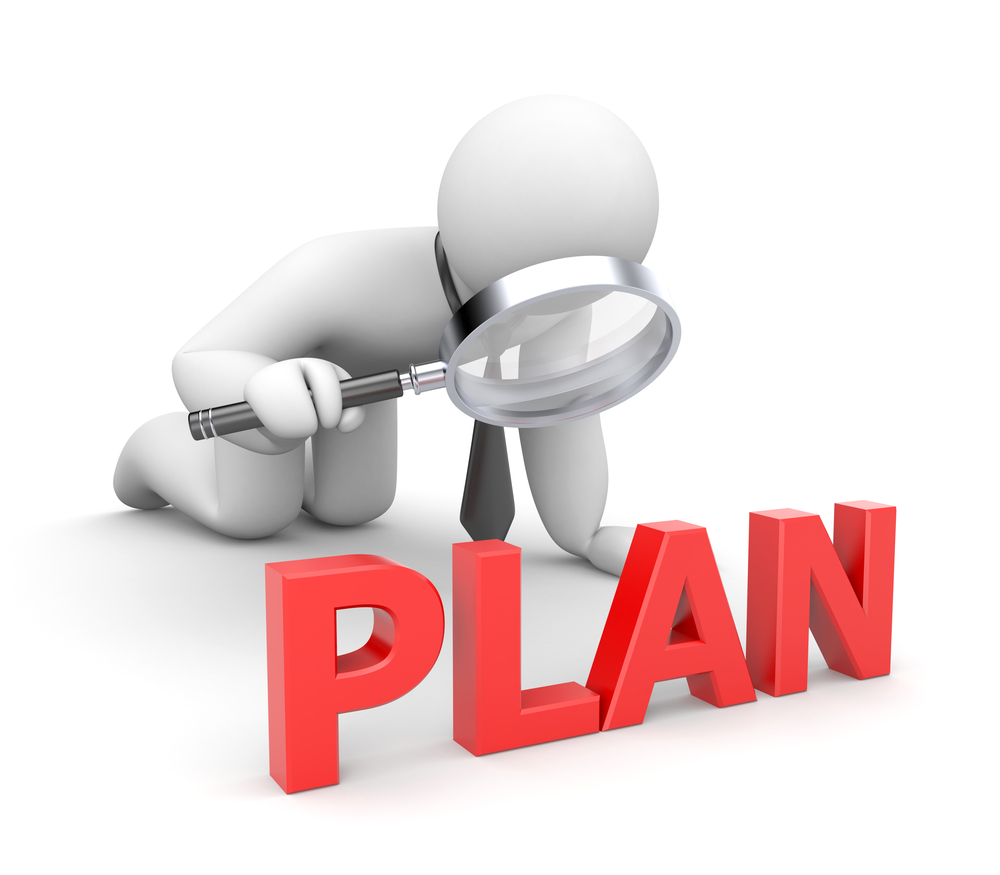
Believe it or not, we are moving right along on Summer 2020’s journey of learning! On July 23, guest host Alan Pollett was kind enough to spend some time with us, talking about YouTube marketing for our July Live Webinar. Allan did a webinar for us back in December 2019 about Twitter Mastery, and we are so thankful to have him back!
Allan is known as “The SEO Guru” for good reason. In this webinar, you’ll learn:
- Why, even though YouTube is like a search engine, you don’t have to worry quite as much about page rank the way you do a search engine like Google.
- Why making and posting a video on YouTube is an excellent way to promote your business and gain new customers.
- How to use YouTube itself to research content subjects and keywords that currently rank highly in your country
- What the YouTube algorithm looks for when it ranks videos
- What the best practices for SEO are to use in your video description
- How viewer engagement (even from you) improves your ranking and visibility, and how to encourage it.
- Why longer videos are okay
- How to make several types of high-quality videos even if all you’ve got at the moment is an iPhone.
- Why response videos can get you a lot of views
- How you can get topic ideas for your videos
Allan also talks a bit about monetization strategies and the advantages of using Patreon.com to fund making your videos.
Game-Changer Stuff for Our YouTube Marketing
Our Marketing Manager, Sarah Levis, usually posts our videos and does the SEO for them. She thought she was doing okay. However, she’s made some changes to Small Business Solver’s YouTube marketing strategy now that she’s watched Allan’s webinar. Compare her description for this video to the description she wrote for Allan’s previous webinar to see just some of them.
December 2019
Guest host Allan Pollett, The SEO Guru, explains how to make Twitter work as hard for your business as you do! The last webinar of our 2019 series…see you in 2020!
Other webinars that you might enjoy:
Top Free Marketing Tools that Work for Small Business – https://www.youtube.com/watch?v=ToOAo…
The Top Marketing Tools to Get People to Trust You – https://www.youtube.com/watch?v=HWcZ6…
20 Small Business Marketing Tools in a Flash! – https://www.youtube.com/watch?v=3cpIm…
July 2020
Small Business Solver’s Live Webinar for July 2020 is all about YouTube Marketing! Guest host Allan Pollett sits down with us and spends almost an hour talking about increase your chances that more people find, watch, and interact with your videos and your channel. Allan’s YouTube marketing tips cover the entire video creation process, so get ready to take notes!
Are you concerned that you don’t have ideas for video content about your business? Allan covers this issue, giving you tips for using YouTube itself to see what kind of information are looking for and resource suggestions for finding out what kind of questions the public is asking about your business. Perhaps your videos can answer them!
You’ll learn how to create a compelling, high-quality YouTube video using just an iPhone and free editing equipment available on the internet, and how to encourage viewers to interact with your video, right in the video itself! (Something Sarah didn’t do in this video, by the way…like and subscribe, people, like and subscribe!)
You’ll also learn how to use YouTube video SEO best practices in the video description during Allan’s discussion of how keywords and phrases, hashtags, tagging, and giving your viewers plenty of ways to contact you gets your video more highly ranked not only on YouTube, but on Google as well! You’ve got space to write a great description, so you should use it!
Speaking of SEO and high rankings, you’ll also want to listen carefully to Allan’s YouTube marketing tactics for getting people to watch your video longer and to interact with it once they’re done. These are important, because YouTube likes videos that people watch through to the end and that have lots of “likes”, “dislikes” and comments, and channels with high subscriber numbers. Here’s a pro tip: Don’t miss Allan’s explanation about why YouTube counts your own likes and comments on your videos as engagement. Don’t be afraid to show your videos some love!
Did you enjoy this video? Watch the first webinar that Allan did for Small Business Solver on Twitter Mastery: https://www.youtube.com/watch?v=mE90q…
***
Allan Pollett does not just do webinars for Small Business Solver. He’s also a highly successful social media and SEO consultant with website development skills and over 20 years of industry experience.
Learn more about Allan Pollett at:
Website: https://www.allanpollett.com/
Facebook: https://www.facebook.com/webmarketing…
Twitter: @allanp73
YouTube: https://www.youtube.com/user/allanp73
We are Small Business Solver, and you can learn more about our online e-coaching for small business owners at:
Website: https://www.smallbusinesssolver.com/
Facebook: https://www.facebook.com/smallbusines…
Twitter: @businesssolver
YouTube: https://www.youtube.com/user/Smallbus…
Thanks for watching! Which of the YouTube marketing tips that Allan discusses will you implement in your next video? Let us know in the comments! We’d love to hear from you.
Different, Right?
We’re curious to see whether our view rates go up.
How about you?
Thanks again to Allan Pollett for taking time out of his busy schedule to teach us about YouTube marketing. We always learn so much when he stops by!







